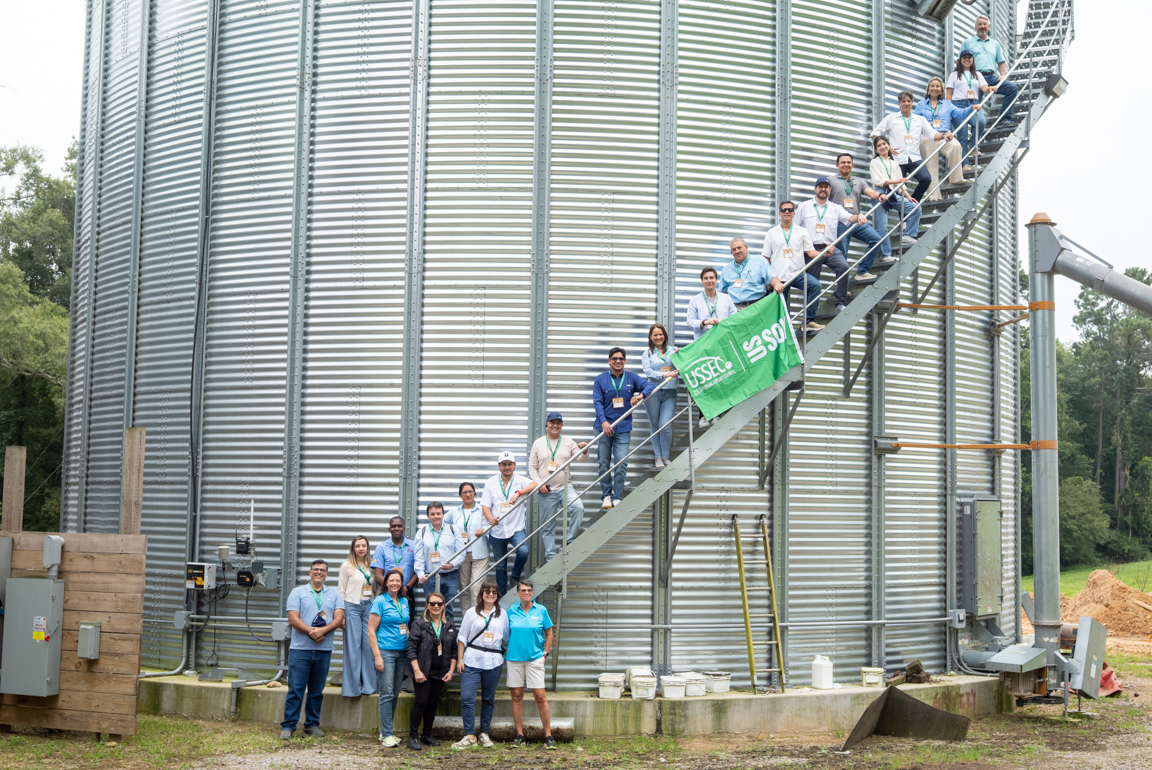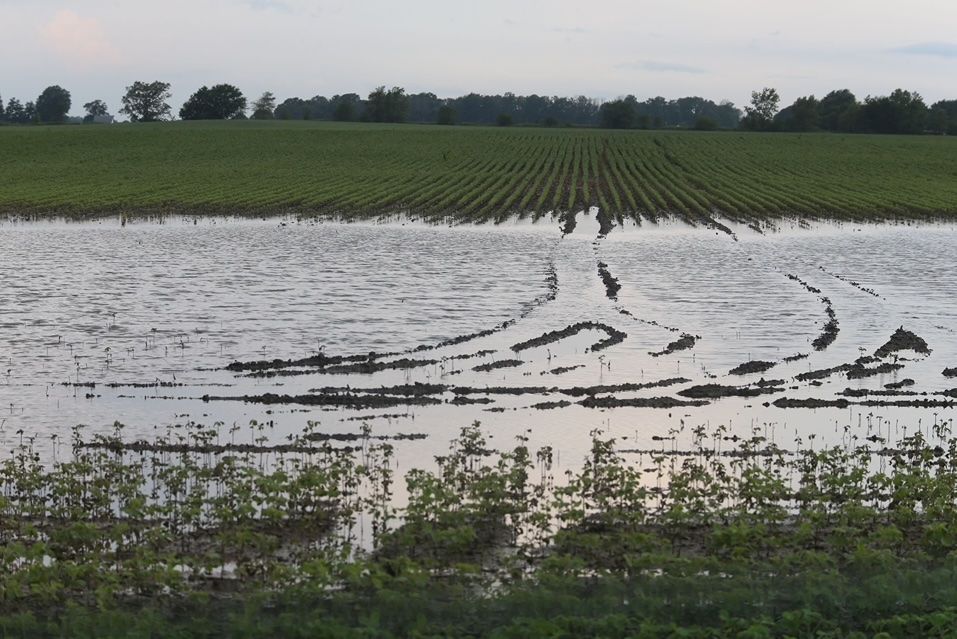Transportation & Storage Costs

Transportation and storage costs exist regardless of the crop, so High Oleic (HO) Soybeans cost no more than any other production. Storage capacity in HO soybean production regions is a key piece of the puzzle to sustaining the premium program.
For transportation, estimate what it costs to have someone locally haul grain. There needs to be a charge from the field to on-farm storage if it’s available, as well as from the farm to the processing facility. Typically, within 15 miles $.06-$.10/bushel will cover the cost from field to storage. From there, it just depends on how far the cost is to the processing facility, who is trucking it, or if it is being picked up will-call on the farm.
The other way to calculate the cost is knowing exactly how much trucking costs you in fuel, maintenance, labor, overhead, depreciation, inflation, appreciation, and repairs annually. Take that number divided by the total bushels hauled on average to arrive at a per bushel cost.
FOR STORAGE AND DRYING, it is also the same as any other crop. If you are storing commercially, simply input the flat fee or the cost to store per month times the number of months stored. If the soybeans are stored on-farm, this number can be a bit trickier. There are four things to consider:
- Amount of Storage
- Principal and Interest payments remaining on the storage.
- Life expectancy of the grain system
- Will there be upcoming upgrades?
What we need to be careful of is not over-inflating the cost on an annual basis.
Example:
- 100,000 bushels of storage
- $50,000 of debt
- 20-year life expectancy
- $50,000/100,000/20 = $.025 or $.03/bushel in storage.
If there is significant grain-handling equipment such as grain legs, dryer, etc. a general rule of thumb for handling is $.03 in and $.03 out. Every grain handling facility is different in cost, size, and complexity, as well as the frequency of turning the system if the farm doesn’t offer 100% storage capacity of the crop.
This content is an excerpt of the High Oleic Soybean Oil: The Business and Agronomic Case to Meet Growing Demand white paper, Jan. 2022.



